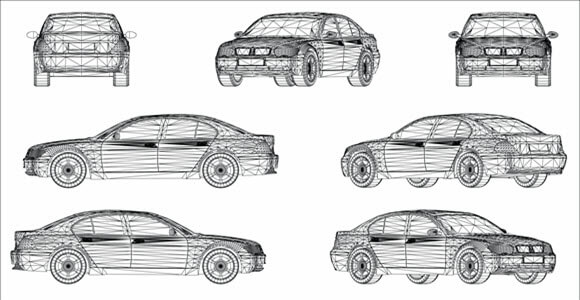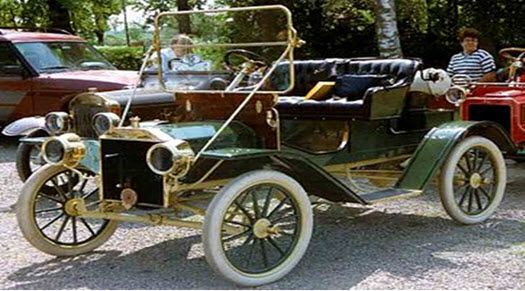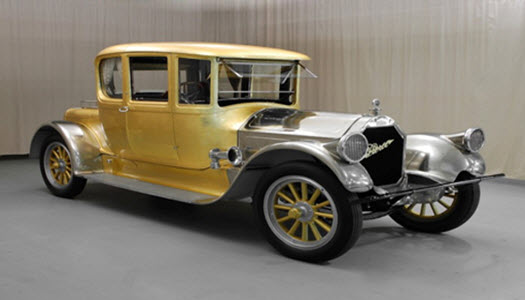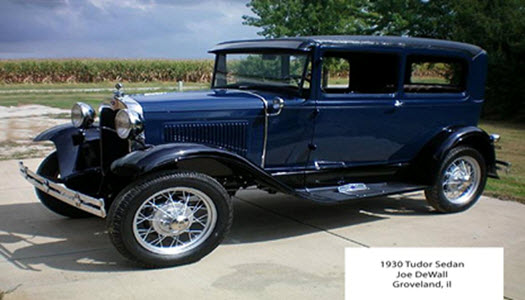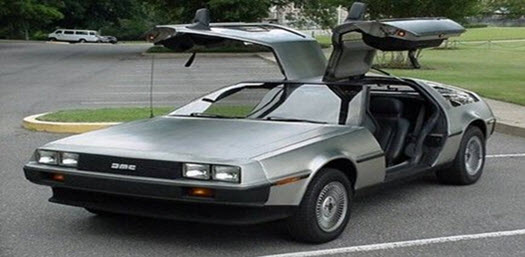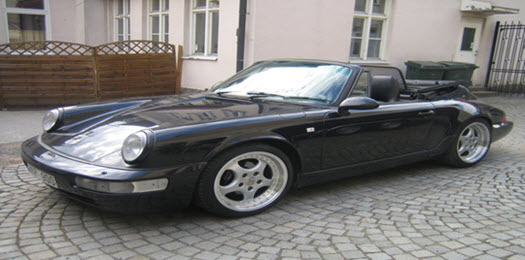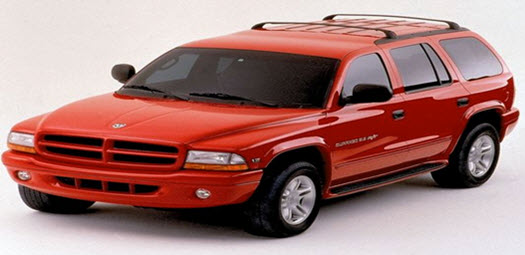The Journey of a Car from Being Boxy to Curvy
Posted on | 13 Jan 2017 By Anita Gaal
While it’s true that we’ve come a long way in terms of the technology that goes into each new vehicle when compared to the first ones over a century ago, it’s also readily apparent how far vehicles have come from a design standpoint as well, going from boxy designs to sleeker more curvy ones that most recognize on the streets today. There’s a reason that when you see a well-kept older car, you turn your head and have to look: simply put, they just don’t make them like that anymore. With advancements in technology and design capabilities, the natural progression has led to sleeker cars that are more aerodynamic but for car enthusiasts, looking back it’s easy to see how we’ve gotten to where we are in terms of design. Here are just a few important steps in the history of vehicle design from the boxy beginnings to what we know now.
1908
Though combustion engine automobiles had been around Europe as early as 1807, in 1908 Henry Ford applied the idea of assembly line production to auto manufacturing, creating the first affordable and dependable vehicle available to the public. Between its’ 1908 debut and its’ discontinuation in 1927, the Ford Model T sold over 15 million cars. It set the template for body design as well, with a “runabout” body style with no doors, windshield or windows, instead drawing closer resemblance to old horse drawn buggies.
1920s
Into the 1920s the snubbed chassis and box-like wheelbase of the original Model T would begin to lengthen and closed-body designs started to gain popularity over the open-carriage style. The rapid expansion the US was enjoying led to more paved roads and vehicles could lead to longer, lower and more elegant vehicle designs as opposed to the tractor or carriage body design. These new designs became symbolic of the 20s with the engine sometimes having up to 8 or even 16-cylinder engines that required long-nosed bodies with curved runner boards.
1930s
The 1930s saw a huge innovation largely change the way that car bodies were designed. The monocoque, or single hull chassis made cars significantly lighter, easier to produce and more structurally sound. This impacted the aesthetics as well as features like fenders, headlights and runner boards became more integrated into the body. By the end of the 30s teardrop inspired designs like the Cadillac Sixty Special were extremely popular family vehicles. With cars becoming a status symbol for middle to upper class families, styling and aesthetics became more important and an integral part of the car design.
1940s
World War II put a huge interruption into commercial car production but it also contributed to one of the biggest car design innovations: Ponton styling. This was seen as a culmination of blending things like runner boards, headlights and fenders into a single form. This became a design lynchpin throughout the 1940s and 50s with visually cohesive vehicles that had bulbous headlights and bulging hoods that flowed with the car’s surface.
1960s
Shifting from the boat-like designs that the “Big Three” of auto designers (GM, Ford and Chrysler) were known for, European and Japanese imports became more and more popular in the United States. Smaller, less cumbersome designs from companies like Toyota, Nissan and others made up a large portion of the market. At the same time, U.S. muscle cars began to come to fruition with cars like the Ford Mustang and Chevy Camaro debuting with extended hoods and low-profile cabins.
1980s
With the 80s consumers began focusing on issues like safety and fuel efficiency so boxy, uninspired designs began to come into the market more. Some of the most fuel efficient but slowest cars came from the 80s, which also saw bright vibrant colors be exchanged for metallic paints as well.
1990s
Seen as a reaction to the bland cars of the 80s, fluid curves and contours returned in cars like the Porsche 911 and the Mazda Miata. These more elegant lines brought to mind the design choices for vehicles in the 30s and 60s.
2000s
The 2000s brought about car designs of all sorts of shapes, styles and forms though it’s the SUV that may have made the biggest impression on the era of vehicle design. Hard lines and well-defined chassis highlighted the larger, more solid and durable body designs made the SUVs popular with a wide audience of drivers.





